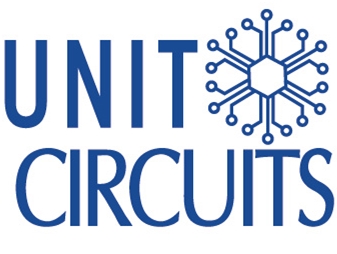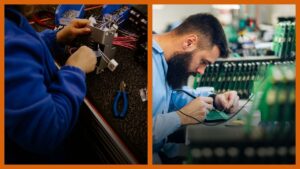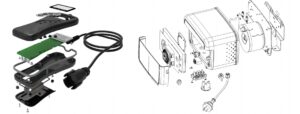Quick Leads
What Are the Main Differences Between Passive and Active Components in Electronics?
Key Differences Between Passive and Active Components:
1. Definition:
- Active Components: Active components are devices that need an external power source to work and can control electrical signals. Examples include transistors, diodes, and ICs.
- Passive Components: Passive components are devices that don’t need external power to work. They either store energy or dissipate it without amplifying or controlling electrical signals. Common examples are resistors, capacitors, and inductors.
What Are Passive Components in Electronics?
- Resistors: Limit the flow of current.
- Capacitors: Store and release electrical energy.
- Inductors: Manage changes in current flow.
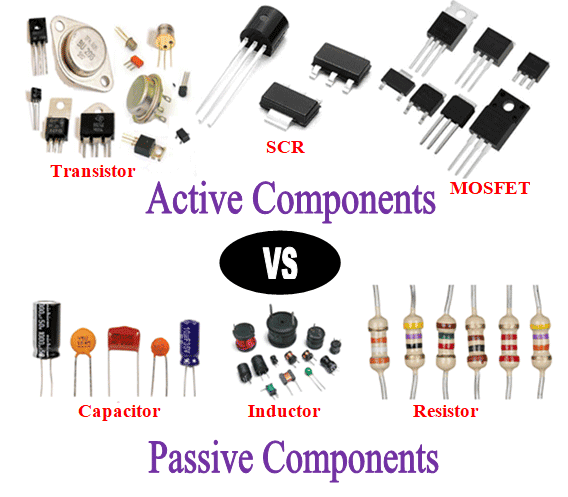
2. Power Gain:
- Active Components: Active components can make signals bigger. They give you power gain greater than 1. They are very important for making signals bigger and for switching things. For example, they are used in audio amplifiers and in circuits that process signals.
- Passive Components: Passive components don’t make signals bigger. They make signals smaller. Their gain is always less than 1, so they don’t make the electrical signals passing through them bigger.
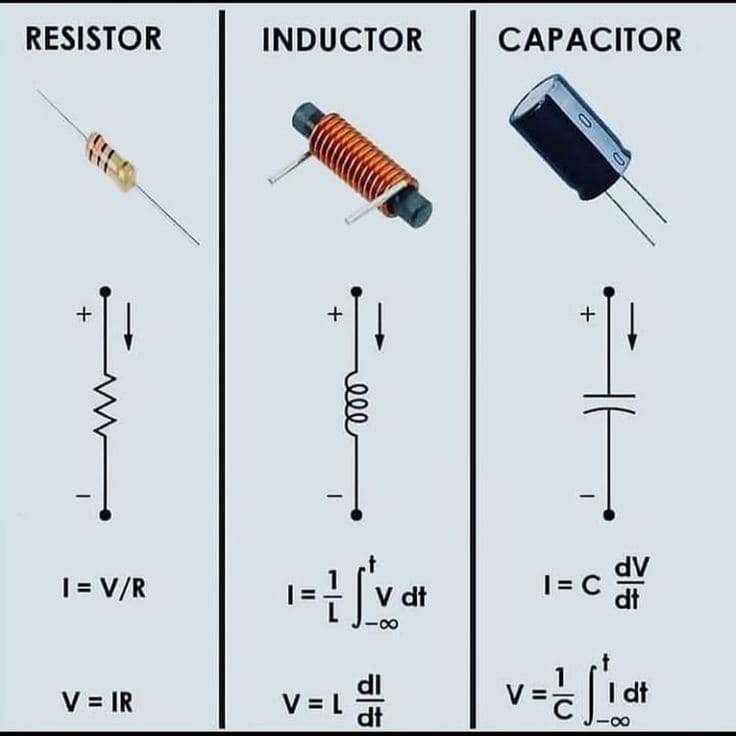
What Is the Difference Between Active and Passive Electrical Signals?
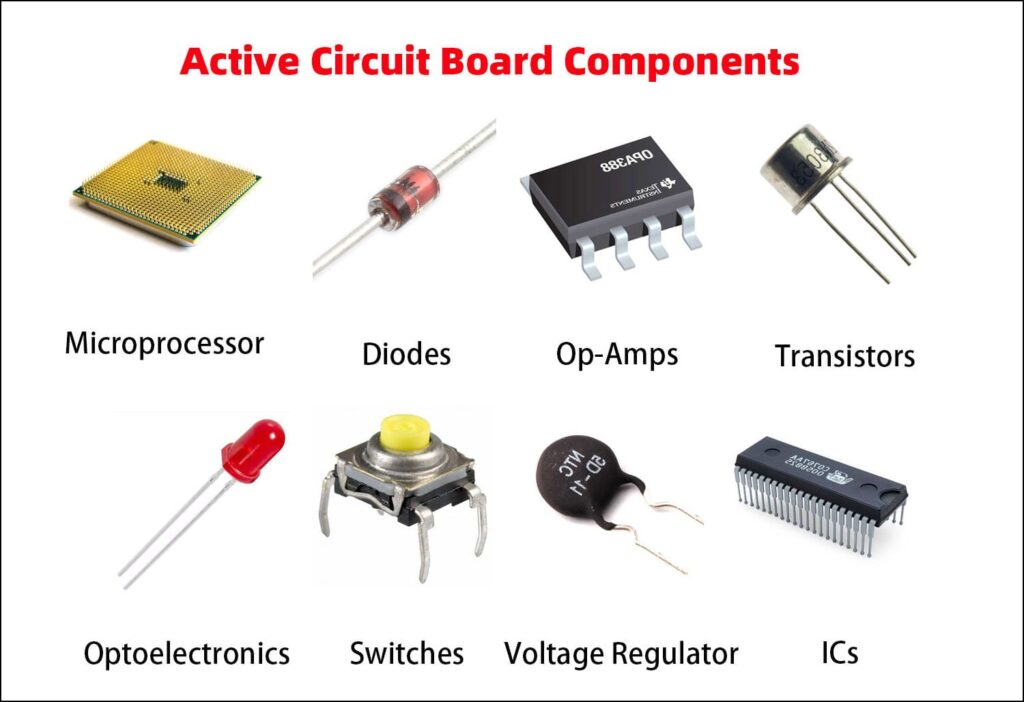
3. Control of Current:
- Active Components: Can control electrical current. For example, transistors can control how much current goes through them, which lets you control things very precisely in circuits.
- Passive Components: Can’t control current flow. They manage the current that’s already there. For example, resistors limit current, capacitors store it, and inductors control how it flows.
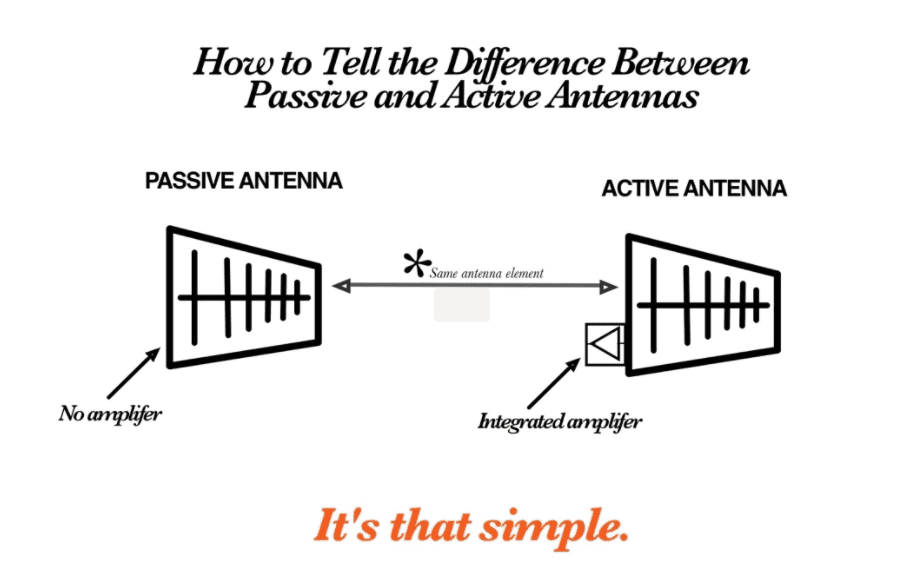
What Is the Difference Between Active and Passive Networks in Electrical Circuits?
4. Energy Functionality:
- Active Components: Active components manage, put in, or change electrical energy. Diodes can change AC to DC, and transistors can make signals bigger or switch them, which changes the energy in a circuit.
- Passive Components: Passive components store energy or let it go. For example, capacitors store energy as an electric field, inductors store it in a magnetic field, and resistors let energy go as heat.
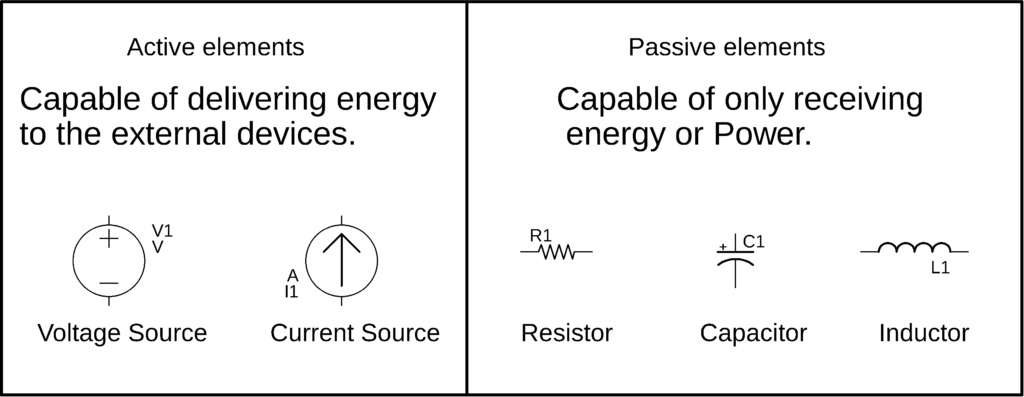
5. External Power Requirement:
- Active Components: Active components need power from outside, like a battery or a power supply, to work. Without power, they can’t make signals bigger or control current. For example, transistors need power from outside to make signals bigger.
- Passive Components: Passive components don’t need any power from outside. They work only with the power from the electrical signals that are going through them. For example, resistors limit how much current can flow without needing power from outside.
Practical Implications in Circuit Design:
Comparison Table: Active Components vs. Passive Components
|
Feature |
Active Components |
Passive Components |
|
Power Source Requirement |
Requires external power to operate |
Does not require external power |
|
Signal Amplification |
Can amplify signals (power gain > 1) |
Cannot amplify signals (power gain < 1) |
|
Control of Current |
Can control and regulate current |
Cannot control current, only manage it |
|
Energy Functionality |
Injects, modifies, or converts energy |
Stores or dissipates energy |
|
Examples |
Transistors, Diodes, Operational Amplifiers |
Resistors, Capacitors, Inductors |
For more information, visit below:
Frequently Asked Questions (FAQ)
Passive components like resistors and capacitors are very important in PCB design for managing power, cleaning up signals, and making sure you use energy efficiently without needing power from outside.
No, passive components can’t make signals bigger. They can only store or let go of energy. You need active components to make signals bigger.
Active components, like transistors and operational amplifiers, need power from outside to work because they control and change electrical signals, often making them bigger to make the circuit work the way it’s supposed to.
Limited Time Offer:
Get $100 off your order TODAY!
 Trusted by 100+ businesses worldwide
Trusted by 100+ businesses worldwide No hidden fees – transparent pricing
No hidden fees – transparent pricing Guaranteed quality with on-time deliver
Guaranteed quality with on-time deliverConclusion:
Request for Quote
RECENT POSTS
Understanding Ball Grid Array (BGA) Technology
Top 10 PCB Assembly Manufacturers in Europe
What Are PCB Conformal Coatings?
How to Repair Circuit Boards
RELATED POSTS
Leading PCBA Manufacturer
✅ Assemble 20 PCBAS for $0 ✅ Get $100 OFF – Risk-Free Trial!
✅ 100+ Satisfied Customers
✅ Ensured Quality & On-Time Delivery
✅ Free Trial, No Commitments!
